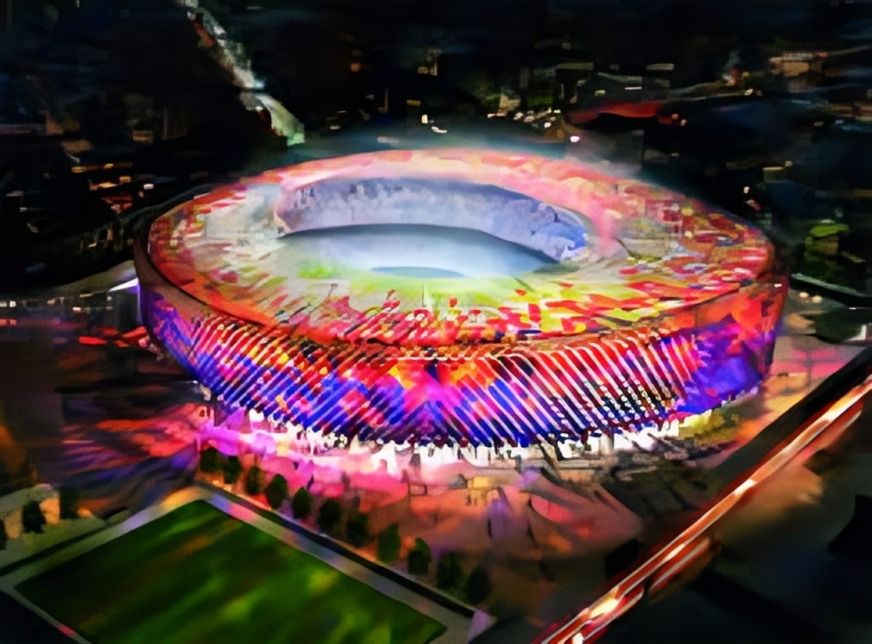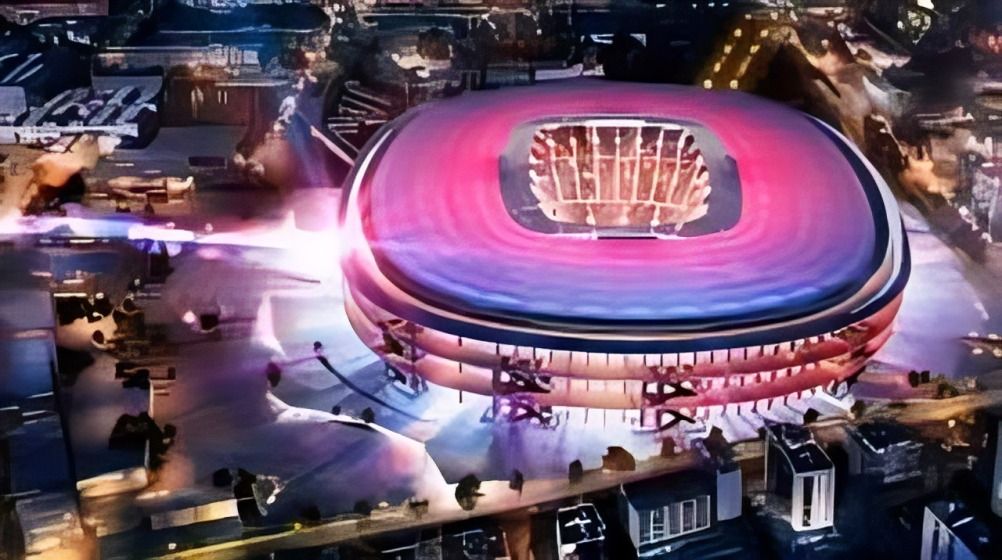
“
Camp Nou, the iconic home of FC Barcelona, is one of the most famous football stadiums in the world. While it’s known for hosting countless historic matches and iconic moments, there are many lesser known facts about Camp Nou that make it even more fascinating. From its unique design to its rich history, this stadium is filled with stories beyond the games it hosts. In this blog, we’ll explore 20 lesser known facts about Camp Nou, uncovering details that highlight the stadium’s incredible legacy and significance in both football and Spanish culture.1
1
”
Camp Nou, officially known as the Estadi Camp Nou, was opened in 1957 and is the largest stadium in Europe, with a seating capacity of 99,354, making it a true footballing colossus. 1
While Camp Nou is associated with FC Barcelona, its name is actually a nickname, meaning "New Ground" in Catalan. The stadium's full name reflects the club’s iconic history and evolution. 2
The stadium was designed by the architects Francesc Mitjans, Josep Soteras, and Lorenzo García Barbón, who sought to create a modern, expansive stadium that reflected the ambitious nature of FC Barcelona. 3
In 1982, Camp Nou hosted matches during the FIFA World Cup, including the memorable semi-final between Poland and Italy. This marked its international significance beyond just club football. 4

The Camp Nou pitch measures 105 meters by 68 meters, which makes it one of the largest football fields in Europe, giving players ample space to display their skills and strategies.
Despite being one of the most iconic football stadiums, Camp Nou wasn’t always the home of FC Barcelona. Before 1957, the club played in a smaller venue, the Les Corts stadium. 5
Camp Nou has hosted numerous historic events, including the 1999 UEFA Champions League Final, where Manchester United triumphed over Bayern Munich with a dramatic last-minute comeback. 6
Not just a football stadium, Camp Nou is also a cultural landmark. It houses the FC Barcelona Museum, one of the most visited museums in Spain, offering a deep dive into the club's rich history. 7
In 2000, Camp Nou was the venue for the final of the European Champions Cup, where Spanish club Real Madrid defeated Valencia, solidifying its status as a center for international football. 8

The stadium has been the backdrop for some of football’s greatest rivalries, notably the El Clásico between FC Barcelona and Real Madrid, often considered one of the most intense matches in world sports.
Camp Nou has a unique feature: it has never been sponsored, despite its massive capacity and global reach. This has allowed the stadium to maintain its strong connection with FC Barcelona’s identity. 9
It was the site of several political protests during Spain's Franco era, with the fans often using the matches as a platform to express support for Catalonian independence and against the regime. 10
In 2014, Camp Nou became the first stadium to host more than 1,000 matches in the La Liga competition, a record that highlights the stadium's deep connection with Spanish football. 11
The famous "Més que un club" (More than a club) slogan, central to FC Barcelona’s identity, is echoed throughout Camp Nou, making the stadium not just a venue but a symbol of Catalan culture and pride. 12

In 2016, a massive renovation project called "Espai Barça" was announced, which aims to modernize Camp Nou and improve fan experience, including a new roof, updated facilities, and more seating capacity.
Camp Nou has hosted concerts by global superstars like U2, The Rolling Stones, and Bruce Springsteen, showcasing its versatility as a venue for major events outside football. 13
During the 1992 Summer Olympics in Barcelona, Camp Nou hosted the football tournament, marking a milestone in the stadium’s international legacy and demonstrating its capacity to hold large-scale events beyond football. 14
The record attendance at Camp Nou stands at an astounding 120,000 spectators, set during a match against Juventus in the 1986 European Cup. This record still stands to this day, though it’s unlikely to be surpassed. 15
In 2017, Camp Nou became the site of a controversial referendum on Catalonian independence, with the stadium being used as a polling station, reflecting its political and cultural significance in Catalonia. 16
Camp Nou’s famous curved shape, designed to resemble a bowl, is ideal for acoustics, which means the stadium's atmosphere is incredibly loud, especially during high-stakes matches, making it one of the most intense venues. 17


